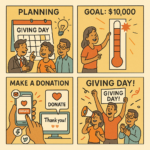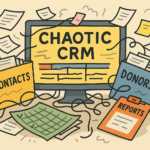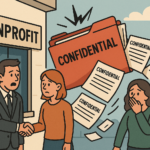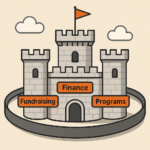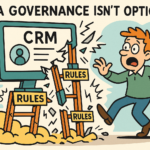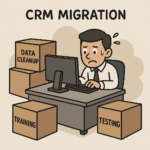Pay Transparency defined — and Why It Matters More Than Ever

Pay transparency is exactly what it sounds like: being open about how people are paid. That can include publishing salary ranges in job ads, explaining how pay is set, outlining progression pathways, and ensuring employees understand what it takes to earn more.
This isn’t about publishing everyone’s exact salary on a noticeboard. It’s about clarity, fairness, and accountability in how remuneration decisions are made.
For decades, organisations treated pay as a private, even secretive matter. That approach might have felt comfortable, but it has also allowed inequity, bias, and inconsistency to thrive unchecked. Those days are ending — and frankly, they should.
What Pay Transparency Actually Looks Like
In practice, pay transparency can take several forms:
- Salary ranges clearly stated in job advertisements
- Defined pay bands linked to roles, skills, and experience
- Documented criteria for pay increases and promotions
- Honest conversations about remuneration during recruitment and performance reviews
It does not mean abandoning discretion or ignoring performance. It means decisions are explainable, defensible, and consistent.
Why Pay Transparency Is Important
1. It Builds Trust
When people don’t understand how pay decisions are made, they assume the worst. Transparency removes suspicion and replaces it with confidence. Staff may not always like the answer, but they respect organisations that are upfront.
Trust is hard won and easily lost. Opaque pay practices erode it quietly, year after year.
2. It Reduces Pay Gaps
Gender and equity pay gaps rarely exist because of one bad actor. They persist because of systems that rely on negotiation, secrecy, and legacy decisions that never get revisited.
Transparency forces organisations to confront discrepancies they might otherwise ignore. Once exposed, inequities become harder to justify — and easier to fix.
3. It Improves Recruitment
Candidates are tired of guessing games. Listing a salary range saves time, sets expectations, and attracts people who are genuinely aligned with the role.
Organisations that refuse to disclose pay increasingly look out of step, or worse, like they have something to hide.
4. It Supports Retention and Morale
When employees understand how they can progress and what growth looks like financially, they are more likely to stay. Ambiguity breeds frustration. Clarity breeds motivation.
People don’t leave solely because of pay — they leave because pay decisions feel arbitrary or unfair.
5. It Encourages Better Management
Transparent pay frameworks force leaders to do the hard work: defining roles properly, setting clear expectations, and managing performance consistently.
That discipline strengthens the organisation overall. Weak management thrives in vague systems; strong management benefits from clear ones.
The Risks of Ignoring Pay Transparency
Holding onto outdated secrecy carries real consequences:
- Increased turnover
- Difficulty attracting top talent
- Legal and reputational risk as regulations evolve
- A disengaged workforce that doesn’t believe the system is fair
In many jurisdictions, pay transparency is no longer optional. Laws are catching up to what employees have been asking for all along.
A Sensible, Traditional Approach to Pay Transparency
Pay transparency doesn’t require radical upheaval. The most effective organisations take a measured approach:
- Start with clear role definitions
- Establish realistic, market-aligned pay bands
- Communicate the rationale behind decisions
- Train managers to have confident, honest conversations
This is about good governance, not trends. Organisations that have always valued fairness and consistency adapt easily because transparency simply makes visible what should already exist.
The Bottom Line
Pay transparency isn’t a threat to organisations that are well run. It’s a threat to poor systems, lazy decision-making, and historical inequities that should have been addressed years ago.
Handled properly, it strengthens trust, improves performance, and positions organisations for the future — while respecting the fundamentals that have always mattered: fairness, accountability, and professionalism.
That’s not radical thinking. That’s sound management.



